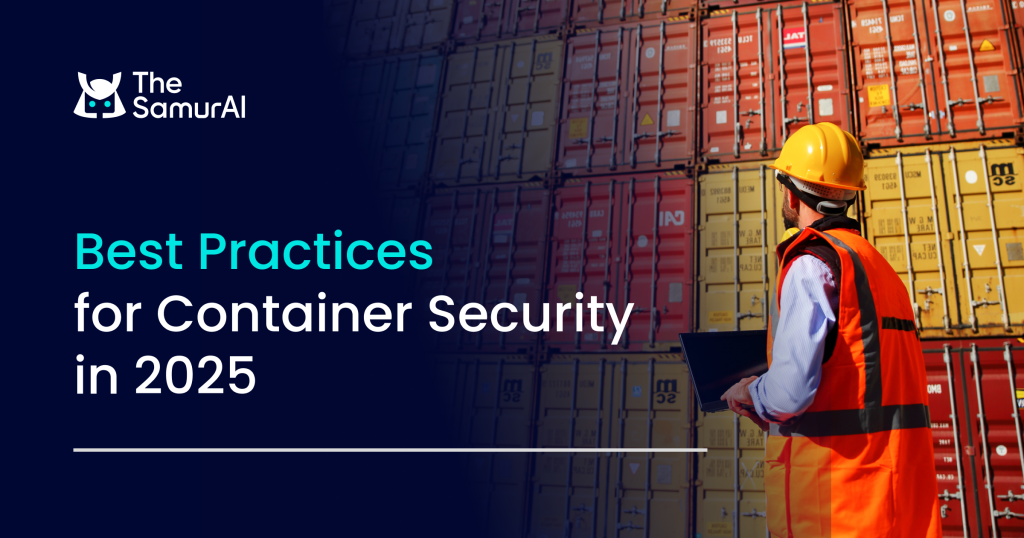As businesses in New York and New Jersey rapidly adopt cloud-native technologies, containers and Kubernetes have become the backbone of modern application deployment. While they offer speed, scalability, and efficiency, they also open doors to new security risks. Attackers are increasingly targeting misconfigured Container Security in Kubernetes clusters and unsecured Docker environments.
To protect sensitive data and maintain compliance, organizations must follow proven best practices for container security. Below, we’ll explore the most effective strategies for 2025.

Key Practices for Container Security
1. Implement the Principle of Least Privilege (PoLP)
Containers should run with the minimum required permissions. Avoid giving containers root access and apply Role-Based Access Control (RBAC) in Kubernetes to limit what users and applications can do.
✅ Example: Configure Kubernetes RBAC to allow developers access to specific namespaces, not the entire cluster.
2. Regular Vulnerability Scanning
Containers often rely on open-source images, which may contain hidden vulnerabilities. Use automated vulnerability scanning tools such as:
- Aqua Security
- Anchore
- Trivy
These tools help detect outdated dependencies and patch security issues before deployment.
3. Container Security Images
- Always pull images from trusted registries (Docker Hub, AWS ECR, GCP Artifact Registry).
- Sign and verify images to ensure authenticity.
- Keep images lightweight and updated to reduce attack surface.
4. Enable Network Segmentation
Container Security in Kubernetes networking can expose containers to lateral attacks. Protect communication with:
- Network Policies (limit pod-to-pod traffic)
- Service Mesh (Istio/Linkerd) for secure traffic routing
- Encrypted communication using mTLS (Mutual TLS)
5. Use Runtime Security Monitoring
Even after deployment, containers should be continuously monitored for unusual behavior. Tools like Falco, Sysdig Secure, and Datadog can detect suspicious runtime activity such as:
- Unauthorized file access
- Unexpected system calls
- Privilege escalation attempts
6. Regular Patching & Updates
Both Kubernetes clusters and Docker runtimes must be regularly updated. Delayed patches leave organizations in New York and New Jersey vulnerable to zero-day exploits.
✅ Automate updates using CI/CD pipelines to ensure continuous security.
7. Implement Strong Secrets Management
Avoid storing passwords, API keys, or certificates in plain text. Instead:
- Use Kubernetes Secrets with encryption at rest.
- Integrate external vaults such as HashiCorp Vault or AWS Secrets Manager.
8. Backup & Disaster Recovery
Containerized workloads must be backed up to recover quickly from ransomware or accidental deletion. Tools like Velero help back up and restore Kubernetes resources and persistent volumes.

Why Container Security Matters in 2025
Container security is no longer optional—it’s critical for business continuity. By applying these best practices, organizations can strengthen defenses, protect sensitive workloads, and reduce compliance risks.
Businesses in New York and New Jersey that secure Kubernetes and Docker environments will stay ahead of emerging threats in 2025.
If your organization needs professional Container Security Services in New York or New Jersey, The Samurai provides expert guidance, vulnerability assessments, and managed solutions to safeguard your containerized infrastructure.
